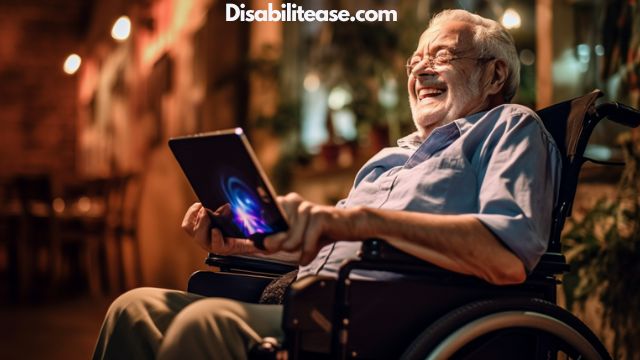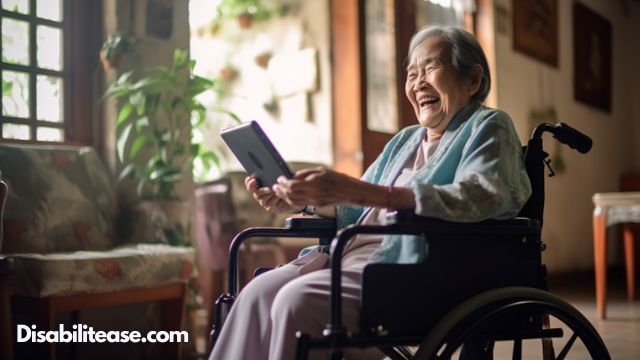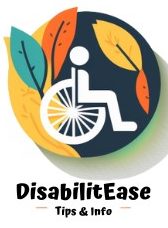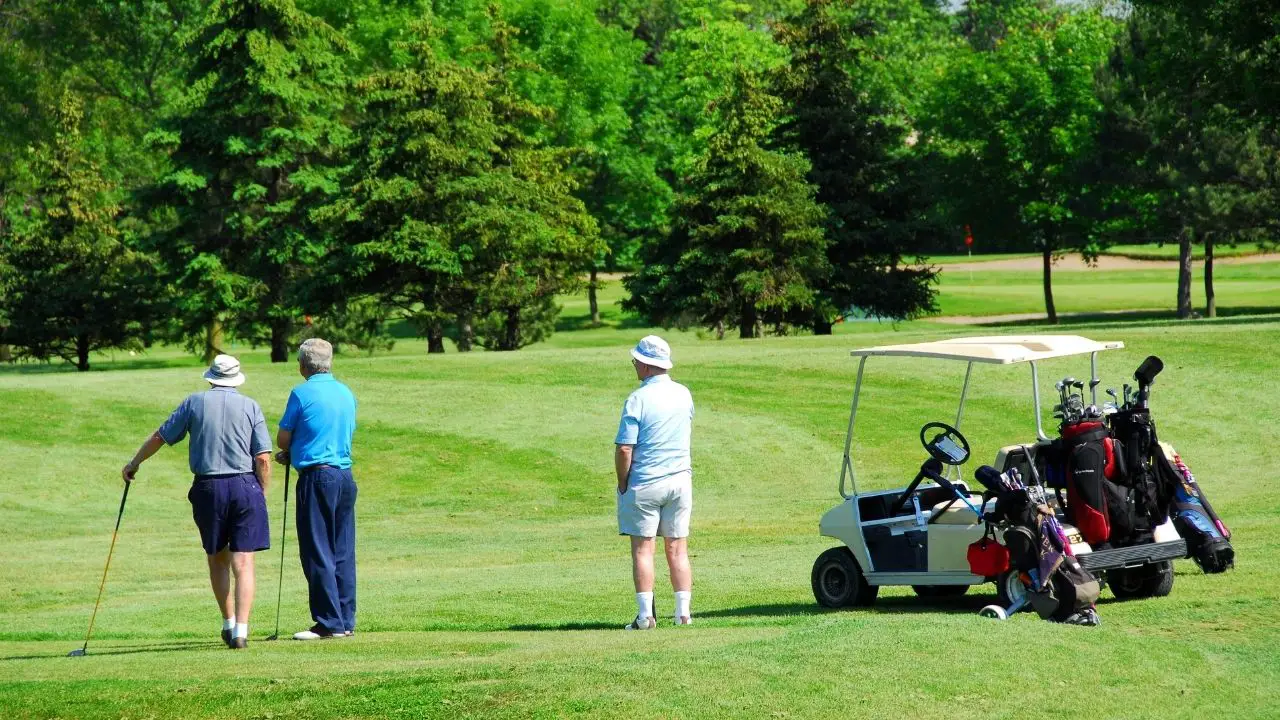Staying connected with others is an essential part of life, and technology can make it easier for elderly or disabled individuals to do just that.

Whether you’re a senior citizen or have limited mobility, there are plenty of ways technology can help you stay in touch with your family and friends.
Table of Contents
How To Stay Connected As Elderly Or Disabled Using Technology
From video calls to smart home technologies, here’s how tech can help keep seniors and the disabled connected with the people they care about.
Video Calling
With video calling, you can easily stay connected with your friends and family, no matter how far away they are! Video calling technology allows elderly or disabled individuals to take part in virtual visits with their loved ones.
With the simplicity of a computer, tablet, or smartphone, you can join in on text chats while seeing the faces of your friends and family. Whether it’s a daily check-in or a special occasion call, social media platforms like Skype and FaceTime make it easy to stay connected even when you’re miles apart.
The benefits of video calls can be felt by all generations but are especially useful for elderly or disabled individuals who may have difficulty leaving their homes. Having access to real-time conversations over the internet helps mitigate feelings of isolation and loneliness that often come from being alone at home.
Seeing familiar faces during these chats also offers comfort and reassurance that someone is looking out for them whenever they need it most.
Video calls provide an opportunity for people to remain socially engaged with others without having to leave their homes, making it easier than ever before for elderly or disabled individuals to keep up with family news and events happening around them. It’s an excellent way to stay in touch – no matter where life takes you!
Social Media

Social media’s vast reach makes it possible for the elderly and disabled to stay in touch with friends and family all over the world. From popular texting apps like WhatsApp, Viber, and Skype to online support groups, social media offers a wide range of opportunities for staying connected.
- Easily contact loved ones from any device
- Share photos, memories, and stories
- Access support from others facing similar challenges
- Get real-time news updates.
Having an online presence can be especially rewarding for those who are unable to leave their home due to physical or mental limitations.
With just a few clicks on their smartphone or tablet, adults can easily keep up with what’s happening in the world around them – without ever having to leave the comfort of their own homes.
Smart Home Technology

Smart home technology is a great way for elderly and disabled individuals to stay connected with the world around them. It can provide many benefits, from increasing safety and convenience to reducing energy costs.
Popular products on the market today include voice-controlled lights, thermostats, security systems, and more—all of which can make life easier in a variety of ways.
Benefits of using smart home technology
The amazing benefits of smart home technology can help elderly or disabled individuals stay connected with the world, giving them a newfound independence they may have thought was lost. Smart home technology offers a variety of accessibility features, such as:
- Voice Control: Allows users to operate multiple devices through voice commands, making it easier for elderly and disabled people who may have difficulty using traditional remote controls. It offers hands-free operation, which makes even complex tasks simpler and quicker.
- Automation: Can be used to automate common activities such as turning lights on/off or controlling the thermostat remotely. It facilitates safety by providing real-time alerts about any potential hazards in the house.
By embracing this technology, elderly or disabled individuals can enjoy greater freedom and flexibility while staying connected with their loved ones.
Popular smart home technology products
With the rise of smart home technology, you can now make your life easier and more secure by integrating various products into your home.
There are a variety of voice assistants available, such as Amazon Alexa and Google Home, that allow users to control their lights, thermostats, locks and more with simple voice commands. Wearable devices like Apple Watch and Fitbit track activity levels while monitoring heart rate.
The table below displays some popular solutions for people looking to stay connected:
| Product | Feature | Benefit |
|---|---|---|
| Amazon Alexa | Voice Recognition Technology | Provides hands-free access to music, weather forecasts & more |
| Google Home | Integrated Smart Home Hub | Allows users to easily connect all compatible devices in one place |
| Apple Watch | Activity & Heart Rate Tracking | Monitor health trends over time & receive emergency alerts if needed |
| Fitbit | Step Tracker & Sleep Monitor | Keeps tabs on daily activity goals & sleep patterns for better overall health management |
Conclusion
Staying connected with family and friends is important for the well-being of elderly or disabled individuals. Technology provides a variety of options that enable them to do just that.
Video calling, social media, and smart home technology all make it easier for seniors and those with disabilities to keep in touch with their loved ones without having to leave the comfort of their own homes. With these tools at their disposal, people can stay connected even when they are physically apart.
Allowing them to remain close no matter what challenges life throws their way.

Hi, my name is Eddie, I am a professional trainer specializing in the elderly population and I’m also a website designer. I love training in the gym, going to the beach, traveling, and having good food.
I combined my love for sport and website designing to make “DisabilitEase” whose purpose is to help elderly and disabled people live a more full and active life, have more fun, and enjoy their unique journey despite any disability.



